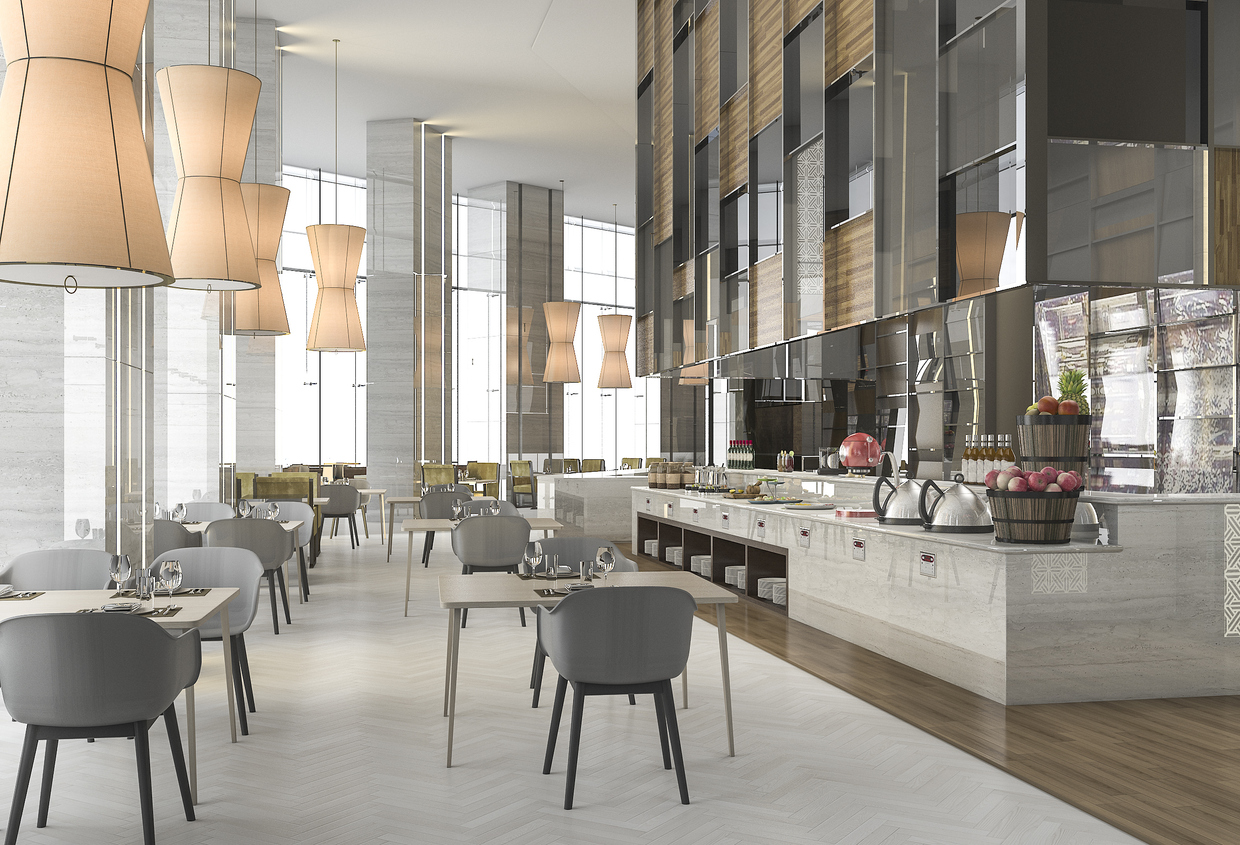Residential and commercial interior design stand out as distinct realms, each demanding a tailored approach from the interior architect or designer. While both involve creating functional and aesthetically pleasing spaces, they differ significantly in their processes, objectives, and outcomes. Here, we explore seven major distinctions between residential and commercial interior design from my perspective as a design professional.
Functionality vs. Aesthetics: Residential design often prioritizes the needs and preferences of individual clients, focusing on creating spaces that reflect their lifestyle and personality. In contrast, commercial design leans more towards functionality, aiming to optimize space usage and facilitate specific business objectives while maintaining a visually appealing environment.
Scale and Scope: Commercial projects typically involve larger-scale spaces compared to residential ones. Interior architects working on commercial projects must consider factors such as traffic flow, accessibility, and zoning regulations, which may not be as prominent in residential design.
Regulatory Compliance: Commercial interior design is subject to more stringent regulations and codes compared to residential projects. Designers must ensure compliance with building codes, fire safety regulations, and accessibility standards, which often necessitate extensive research and coordination with various stakeholders.
Budget and Timeline: Residential projects often have more flexible budgets and timelines, allowing for greater experimentation and customization. Commercial projects, on the other hand, are typically bound by stricter budgetary constraints and deadlines, requiring designers to balance creative vision with practical considerations.
Brand Identity and Marketing: In commercial design, creating spaces that align with a brand’s identity and marketing objectives is paramount. Designers must incorporate elements that reinforce brand messaging and appeal to the target audience, whether through color schemes, signage, or interior layout.
Durability and Maintenance: Commercial spaces experience higher foot traffic and wear-and-tear compared to residential settings. Therefore, durability and ease of maintenance are critical considerations in commercial interior design, influencing material selection, finishes, and furniture choices.
Collaboration and Stakeholder Management: Commercial projects often involve collaboration with multiple stakeholders, including architects, engineers, contractors, and business owners. Effective communication and project management skills are essential for coordinating efforts and ensuring alignment with the client’s objectives.
While both residential and commercial interior design share common principles of creativity and functionality, they diverge significantly in terms of scale, regulatory requirements, budget constraints, and stakeholder dynamics. Understanding these differences is essential for interior architects and designers to excel in their respective fields and deliver spaces that meet the unique needs and aspirations of their clients. if you are a commercial property owner in Myrtle Beach looking for interior design, let’s schedule a call to discuss your needs. As an interior architect, I am trained to execute commercial design projects from start to finish.
-Jess

View comments
+ Leave a comment